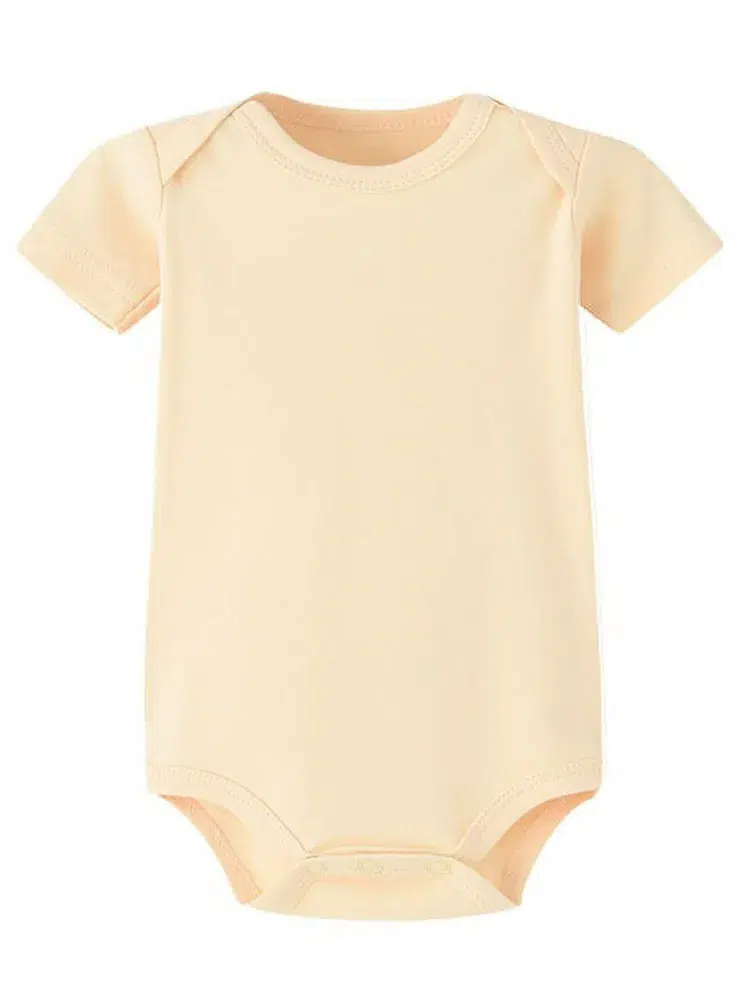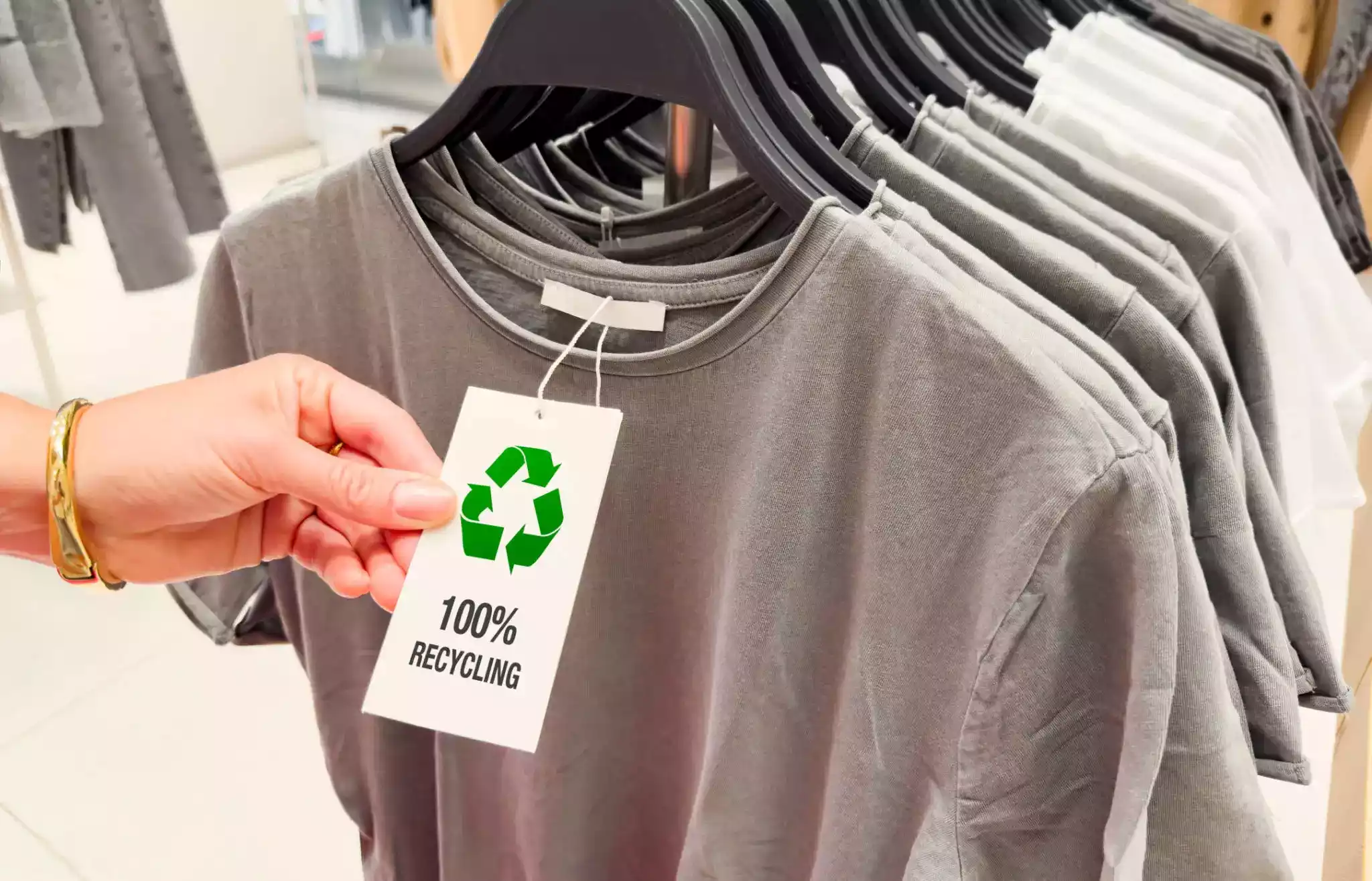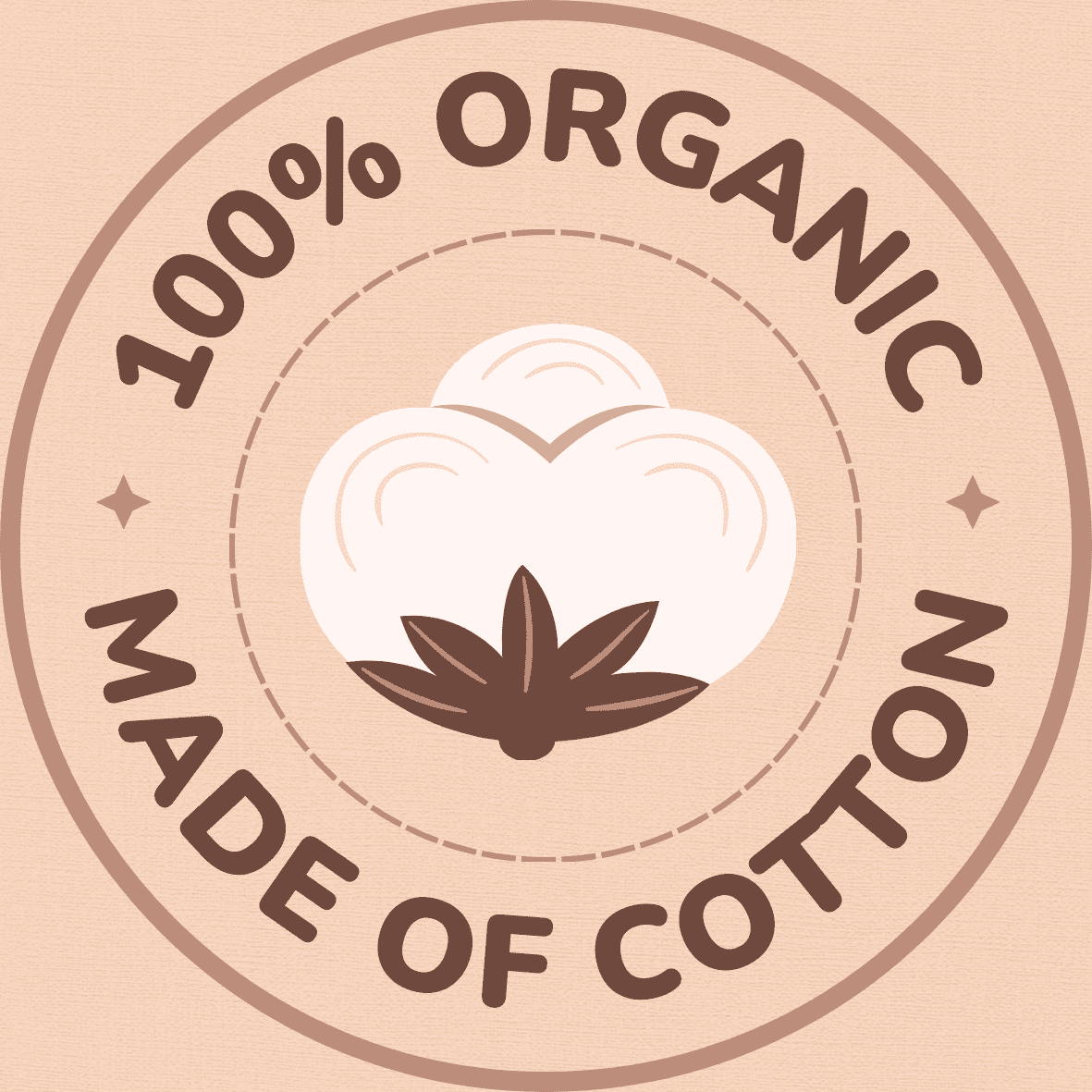衣料品サプライチェーンの解明:コンセプトからクローゼットまでの旅
について 衣料品サプライチェーン は複雑なプロセスであり、テキスタイルの創造にとどまらず、初期デザイン、原材料の調達と調達、そして一般的なアパレル・トレンドに基づく生産の改良など、多くの段階を含む。抽象的な概念を具体的で市場性のある商品に変えるためには、様々な部門や貿易の専門家が調和した努力を必要とする複雑なネットワークである。アパレル業界のサプライチェーンを評価し、効率的に管理することは、最適な生産効率、廃棄物の削減、経済性を確保すると同時に、目まぐるしく変化する消費者の需要やファッショントレンドへの迅速な対応を促進するために極めて重要である。
衣料品業界におけるサプライチェーン・マネジメントは、現代のグローバル・ビジネスにおいて極めて重要である。この管理プロセスにより、高品質の原材料の確保、生産プロセスの合理化、業務効率の改善、物流戦略の最適化が実現する。衣料品業界におけるサプライチェーン・マネジメントの成功は、メーカー、流通業者、消費者間の強固な結びつきを促進し、構想から消費者のワードローブまでのシームレスな流れを実現する。明らかに、アパレル生産の複雑な性質は、業界の成長を推進し、ますますダイナミックで飽和状態にある市場において競争力を維持する上で、調整された効果的なサプライチェーンの重要性を裏付けている。
初期段階:アイデアとデザイン
すべての ガーメント 多くの場合、デザイナーやクリエイティブな専門家チームによって構想される。衣服のコンセプトそのものを具現化するこの初期段階は、衣服産業におけるサプライチェーンを明確にする上で最も重要である。デザイナーは、審美性、機能性、コストを念頭に置きながら、最終製品を構想する。彼らは予備デザインをスケッチし、可能性の高い素材を選択し、配色を決定する。この段階は、基本的に衣料品のサプライチェーン全体がどのように機能するかを形作るものであり、円滑な運営のためには戦略的アプローチが必要となる。
デザイン段階から衣服のサプライチェーンを考慮することで、製品の持続可能性に大きな影響を与えることができる。生地の種類や生産工程、さらには消費者向けの取扱説明書など、デザイン上の選択によって、持続可能な衣料品のための土台を築くことができるのだ。 サステイナブル サプライチェーンエシカル(倫理的)な消費への移行が進む世界において、ファッション企業は消費者の好みに応えるだけでなく、資源の消費、廃棄物の発生、製品の寿命といった側面にも配慮したデザインを徹底しなければならない。すべての衣服は、その誕生から完成に至るまで、私たちの環境に栄養を与える可能性もあれば、環境を破壊する可能性もある。したがって、アパレル生産におけるデザイン段階の重要性は、いくら強調してもしすぎることはない。
ガーメント制作の初期段階には、いくつかの重要なステップがある:
- 構想:新しい服のアイデアはここから始まる。デザイナーやクリエイティブ・チームがブレインストーミングを行い、美的感覚、機能性、コストなどの要素を考慮しながら、最終的な製品がどのようなものになるかを想像する。
- 予備デザインスケッチ:アイデアがコンセプト化されると、デザイナーはそのビジョンの予備スケッチを作成する。これらの視覚的な表現は、最終的な製品の設計図となります。
- 素材の選択:衣服に使用される素材の種類は、その全体的な外観と感触に大きく影響する。このステップでは、デザイナーが最終製品のビジョンに沿った生地を選ぶ。
- 配色の決定:色はファッション・デザインにおいて重要な役割を果たす。ここでデザイナーは、選んだ素材を引き立て、望ましい美的アピールに貢献する配色を決定する。
デザインの選択は、アパレル生産における持続可能性に大きな影響を与える:
- 生地の選択:使用される生地の種類は、製造段階での資源消費と使用済み段階での廃棄物発生の両方に影響を与える可能性がある。
- 生産工程の選択:持続可能な製造工程を選択することで、環境への悪影響を減らすことができる。
- 取扱説明書への配慮:衣服の手入れ方法について明確な説明書を提供することで、衣服の寿命を延ばし、ファストファッションの流行によって発生する廃棄物を減らすことができる。
ファッション企業は、消費者の嗜好と倫理的責任のバランスをとらなければならない:
- 消費者の嗜好に応える一方で、資源消費などの側面も考慮することで、事業の実行可能性と倫理的責任のバランスを取ることができる。
- アパレル生産において持続可能性を確保するためには、すべての段階が等しく重要である。
テキスタイル調達の意義

すべての核心に位置する アパレルライン サプライチェーンの中で、繊維の調達プロセスがアパレルの製造と販売において重要な役割を果たしていることは否定できない。このプロセスには、適切な生地と原材料の真摯な選択と調達が含まれ、これらは最終製品の全体的な品質、コスト、持続可能性を決定する上で中心的な役割を果たす。それゆえ 衣料品メーカー は、品質、コスト、耐久性、潜在的な環境への影響に鋭い目を向けながら、調達したテキスタイルを中心にサプライチェーンを回している。
さらに、繊維製品の調達は、衣料品製造のサプライチェーンの枠を超えて、再利用とリサイクルによる持続可能性の機会を提供する。製造工程で使われずに残った素材や未使用のテキスタイルは、効果的に再利用されたり、新しい衣料品に生まれ変わったりする。良心的な調達方法を促進することで、企業は廃棄物を減らし、エコロジカル・フットプリントを最小限に抑えることができる。
生地製造の複雑さ
生地の生産は、衣料品店のサプライチェーンにおいて重要な役割を果たしている。この重要な工程には、紡績、織布、編み物、染色、仕上げなど様々な複雑な工程が含まれ、原料の繊維を着用可能な生地に加工する。これらの工程では、高い技術、知識、品質管理が要求される。例えば、緯糸と経糸は異なるデザインや風合いを実現するために綿密に織り込まれなければならず、染色工程では堅牢度と均一性を確保するために正確さが要求される。
意識と責任が高まるこの時代、衣料品サプライチェーンの倫理と衣料品サプライチェーンの持続可能性は、生地生産において最重要事項となっている。生産者は オーガニックコットンのような持続可能な素材また、環境破壊を最小限に抑えるため、竹やリサイクル素材を使用している。加えて、フェアトレードの実践と安全な労働環境は今や必須条件であり、ブランドは意識の高い消費者の共感を得るために倫理的な調達を重視している。同様に、衣料品サプライチェーン技術の進歩は、生地生産に革命をもたらしている。3D織物や技術内蔵生地などの革新は、今や衣料品サプライチェーンの一部となっている。これらのステップは、最終製品に付加価値を与えるだけでなく、進化する顧客ニーズにも対応するため、生地生産はアパレル製造の真に複雑かつ不可欠な部分となっている。
アパレル製造におけるパターン開発の重要性
パターン開発は、アパレル業界において、デザインコンセプトと物理的生産の間の重要な架け橋を形成し、衣服の持続可能なサプライチェーンに直接影響を与える。デザインスケッチを、生地から裁断して衣服に組み立てることができるマルチピースのパターンに変換することで、パターンメーカーはデザインが一貫したフィット感と品質で再現できることを保証する。パターン開発の戦略的意義は、正確なフィット感の確保にとどまらない。サステイナビリティを重視する組織やその他の組織では 衣料品の持続可能なサプライチェーン・スタートアップパターンメーキングプロセスは、材料最適化のためのプラットフォームにもなる。
この持続可能性への努力は、ファッション衣料品のサプライチェーン図に反映されており、パターンメイキングは衣料品生産において、生地の無駄を最小限に抑え、倫理的なサプライチェーンを推進する上で中心的な役割を果たしている。世界規模では、素材の使用と最適化に細心の注意を払うパターン開発が、衣料産業のグローバル・サプライチェーンの本質を形作っている。このプロセスに3Dパターンメーキング・ソフトウェアなどのテクノロジーを取り入れることで、正確性、効率性、持続可能性をさらに高めることができる。この物語は、衣服の美しさやフィット感だけでなく、アパレル産業全体の倫理的で持続可能な枠組みを構築する上で、パターン開発が果たすかけがえのない役割を強調している。
裁断と縫製:衣料品製造の心臓部

衣料品のサプライチェーンがどのように差別化されているかを分析すると、間違いなく裁断と縫製の工程が中心となる。この段階は 衣料品製造ここでは、コンセプチュアルなデザインが具体的な製品へと変容する。この変身には、決められたパターンに従って布地を巧みに裁断し、熟練した縫製技術でそれらを組み立てるという工程が含まれる。この工程で発揮される技術、正確さ、職人技は、衣服全体の品質に大きく貢献し、競争の激しい市場で受け入れられるかどうかに影響する。
衣料品サプライチェーンのオフショアリングという最近のトレンドは、この重要な段階にユニークな課題とチャンスをもたらした。オフショアリングによって、メーカーは費用対効果の高い労働力プールを活用できるようになり、大量生産が加速した。しかし、品質や倫理的な製造慣行に対する懸念が高まる中、再調達は高級衣料のサプライチェーンを戦略的に刷新するものと考えられている。リショアリングを通じ、企業は品質管理を強化し、持続可能な慣行を維持することができる。興味深いことに、衣料品小売のサプライチェーンもまた、従来の製造業の役割分担を曖昧にし、製造プロセスへの小売業者の関与を深めることで、劇的な進化を遂げている。
衣料品製造における品質管理対策
複雑で手間のかかるアパレル製造の性質上、実質的な品質管理対策は不可欠である。 衣料品製造 サプライチェーンの各セグメントに適用される。これらの対策は、最終製品だけにとどまらず、設計、調達、生産、流通を含む全プロセスに及ぶ。サプライチェーンのサンプル 注文服 は、完成品が最初の設計の品質と美的価値を反映し、それによって顧客満足を保証するために、これらの管理措置が不可欠な役割を果たすことを強調している。
現代の衣料品のサプライチェーンでは、最新技術の採用により、縫製やフィット感、素材の強度といった本質的な品質パラメーターだけでなく、色の一貫性や衣服全体の肌触りといった、より微妙な側面にも焦点を当てることができるようになった。ファッション衣料の新製品開発に影響を与えるサプライチェーンに関する事項も見逃せない。新商品開発では、しばしば試作品の厳密なテストが必要とされ、様々な サンプル, and systematic alteration based on feedback, all of which place an immense emphasis on quality control. The supply chain clothes each customer in satisfaction and trust, yet another testimony of the essential part of comprehensive quality control measures in the supply chain clothing industry.
The Role of Wholesale Distributors and Retailers
Wholesale distributors play a pivotal role in the supply chain of a clothing store and the broader cloth industry. Their primary function entails buying garments in large quantities directly from manufacturers and selling them to retailers. This bulk purchase and distribution model significantly reduces the unit cost, thereby making the apparel affordable to the end consumer. In the same regard, the power to bargain on prices and negotiate discounts offered by wholesalers cannot be understated. They form a key link in driving cost efficiencies across the entire supply chain of cloth industry.
Retailers, on the other hand, are the customer-facing arm of the supply chain of clothes. They are the final link that connects the manufacturer’s designs to eager customers, bringing together the whole journey of the product from the initial design stage to the consumer’s hands. More recently, an increased emphasis on sustainable clothing supply chains has put retailers at the forefront of promoting the sustainable supply chain clothing industry. With their unique position of direct interaction with customers, retailers have the ability to not only influence consumer preference toward more sustainable choices but also to communicate the importance and value of such choices, playing a crucial role in driving the industry towards sustainability.
E-commerce and its Impact on Apparel Distribution

The emergence of e-commerce has had an undeniable influence on the supply chain for clothing and textiles industry. The digital revolution has revamped the traditional trading system, allowing a seamless integration of all stages of the supply chain – from raw material sourcing to end-user delivery. As a result, efficiency and transparency have become foundational elements of the modern textile and clothing supply chain. This integration facilitates real-time tracking and forecasting, reducing excess production and waste, thereby enhancing the sustainable textile and clothing supply chain.
Simultaneously, the impact of e-commerce extends notably to the US clothing supply chain. With more than two-thirds of consumers in the US shopping online, clothing retailers are compelled to realign their supply strategies. As stable inventories in physical stores give way to dynamic, online catalogues, the understanding of what is a clothing supply chain is continually evolving. This shift demands greater flexibility from manufacturers with respect to volume and assortment of product, driving innovations in production, fulfillment, and delivery methods in the process.
Ethical Considerations and Sustainability in the Apparel Industry
In today’s day and age, the apparel industry must prioritize ethical considerations and sustainability, given the current environmental crisis and rising consumer awareness. Understanding what the supply chain for clothing entails is the first step to ensuring ethics and sustainability. Designed to guide the journey from raw materials, such as cotton or silk, through production processes culminating in the final product reaching consumers, the clothing supply chain should be handled responsibly. The aim is to minimize or eliminate harmful effects on both workers involved in production and on the natural environment.
Likewise, dissecting the overwhelming question – what on earth is a clothing supply chain – one finds a complex system of networks which involve people, organizations, resources, and activities. Now, it is vital to analyze and reshape these networks to meet ethical standards and promote sustainability. Opportunities for improvements lie in paying fair wages, enforcing safe and just working conditions, lessening carbon footprints, and reducing waste. Consumers to manufacturers and everyone in between bear the responsibility to drive ethical considerations and sustainability in the apparel industry.
よくあるご質問
What are the key stages involved in the apparel production process?
The key stages in the apparel production process include idea and design creation, textile sourcing, fabric production, pattern development, cutting and sewing, quality control, and finally distribution either through wholesale, retail, or e-commerce channels.
What is the importance of the design stage in the apparel production process?
The design stage is the initial and arguably the most critical stage in the apparel production process. It is where the overall concept and aesthetic of the garment are determined, shaping the subsequent stages of production.
Could you elaborate on the role of textile sourcing in the apparel industry?
Textile sourcing is the process of selecting and acquiring the necessary fabric materials for clothing production. It plays a significant role as it directly affects the quality, aesthetics, and sustainability of the final product.
Why is pattern development pivotal in apparel making?
Pattern development is crucial as it translates the design into a blueprint for the garment. It determines the cut, shape and fit of the clothing item, and therefore has a direct impact on the garment’s appearance and comfort.
How does the cutting and sewing stage contribute to garment manufacturing?
Cutting and sewing is the stage where the actual garment is constructed. The fabric is cut according to the developed patterns and then sewn together. This stage is the heart of 衣料品製造, bringing the design to life.
What is the role of quality control in clothing production?
Quality control ensures the garments meet the established standards and specifications. It involves checking for defects or deviations in the design, color, size, stitch, etc, in order to maintain a consistent quality throughout the production process.
How do wholesale distributors and retailers fit into the apparel industry?
Wholesale distributors and retailers are crucial for the distribution of clothing. They purchase garments in bulk from manufacturers and then sell them to the final consumer, either through physical stores or online platforms.
How has e-commerce impacted apparel distribution?
E-commerce has revolutionized apparel distribution by providing a digital platform for selling and buying clothes. It has broadened market reach, provided convenience to customers, and has allowed for a greater variety of apparel to be easily accessible.
What are some ethical considerations in the apparel industry?
Ethical considerations in the apparel industry can range from fair wages and working conditions for workers, to sustainable sourcing and production practices. These considerations are becoming increasingly important for both consumers and businesses.
Why is sustainability important in the apparel industry?
Sustainability is important in the apparel industry due to the significant environmental impact of clothing production. Sustainable practices can help reduce waste, pollution, and resource consumption, contributing to the overall health of the planet.




